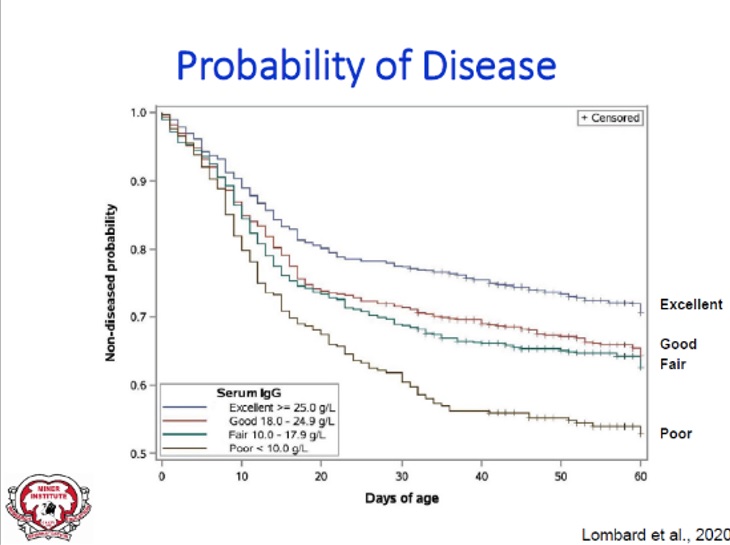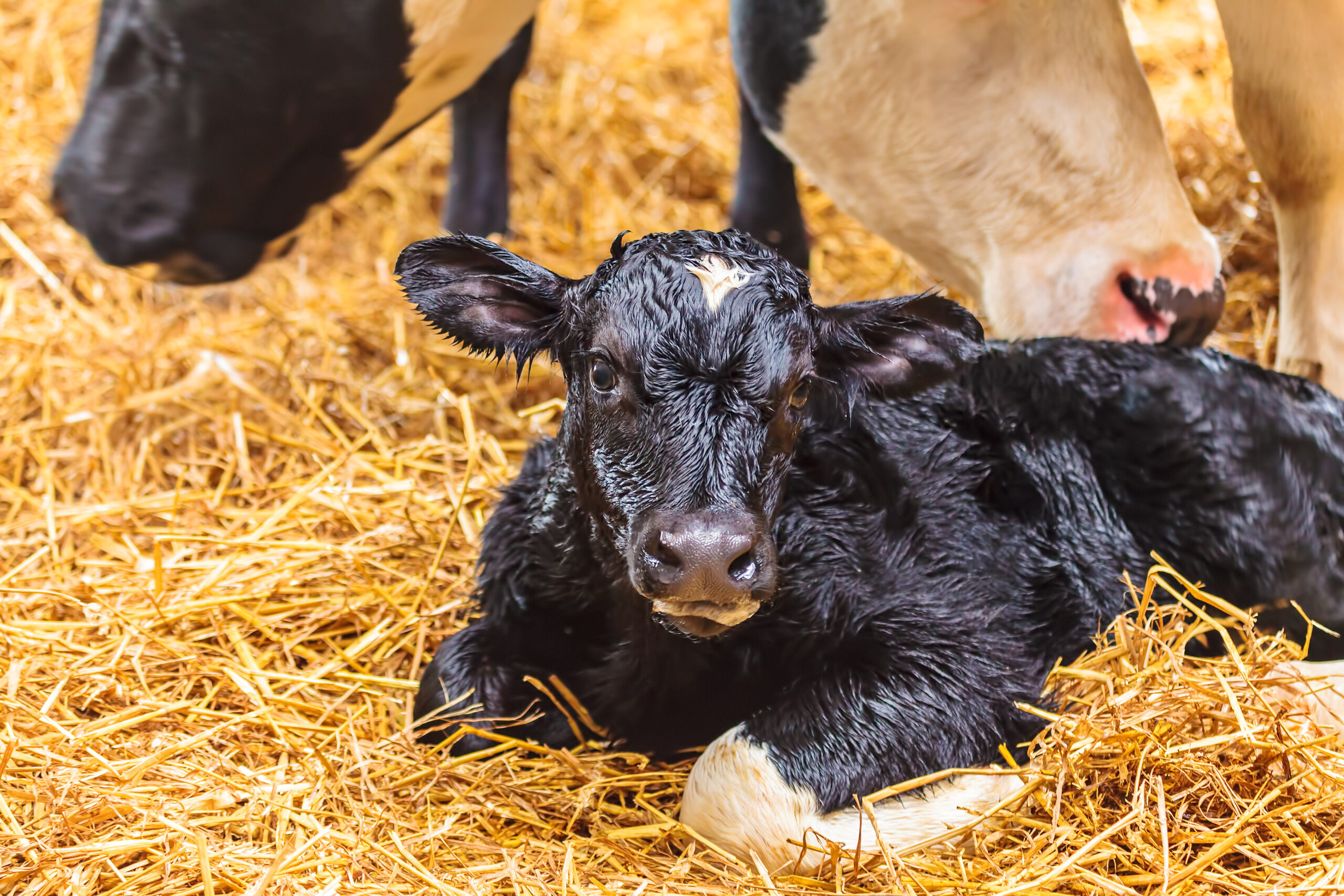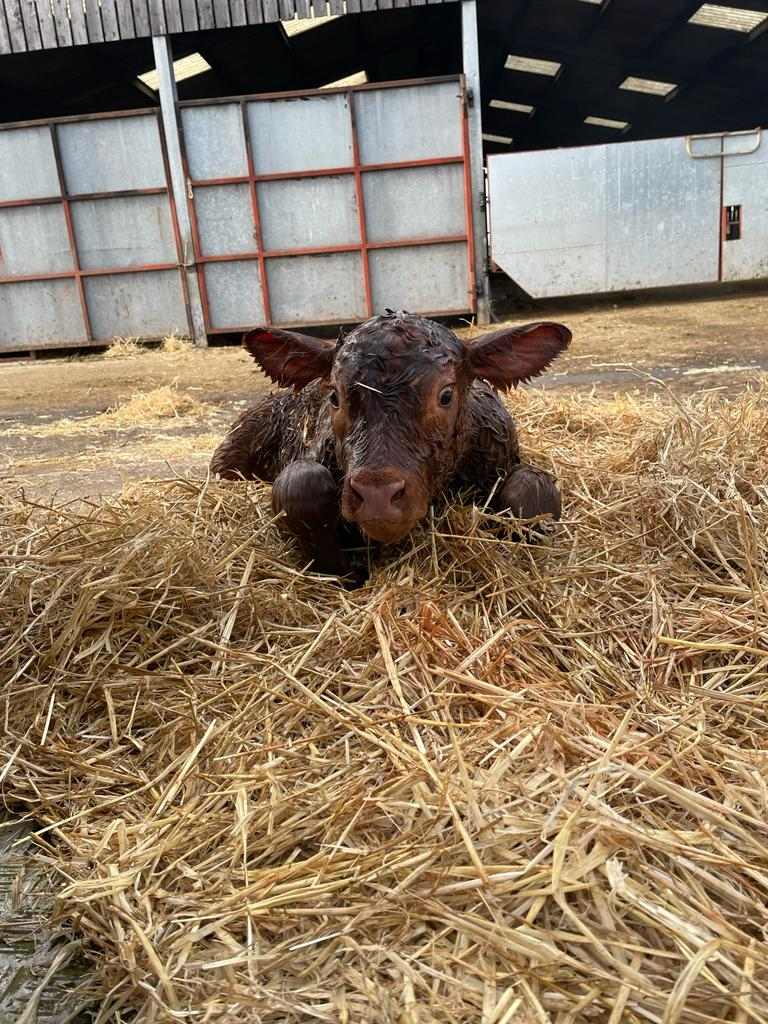Calf health and management has changed dramatically in the last 10 years, with the benefits of optimising calf performance well known to be key to future productivity and profitability of the herd. The increased investment in calves both in resources and time, makes it even more frustrating when things go wrong. Calves are highly sensitive to change and inconsistency, and performance can easily be derailed!
Calf health back to basics top tips:
With increasing use of auto calf feeders and ad lib feeding (e.g. 40 FIT programmes), as with any robotic technology, they are only as good as what goes in. Ensuring the milk replacer being fed is suitable for high levels of feeding is important. Also checking settings of machines, whether old or new, as the calves are often not getting what you may think, e.g. is milk too dilute, 1L of water is added on to powder rather than being made up to 1L. Optimising health is only possible when calves are fed well.
Vaccine protocols. Vaccines are often key to success on many units, both in the dry cows to boost passive transfer success and in young calves to prevent pneumonia. Whether using in cows or calves, ensuring vaccines are stored and given correctly is key. A recent study (MSD, 2020) found 89% of fridges on farms were outside of 2-80C temperature range for vaccine storage some of the time. With the maximum temperature reached being 120ºC and the minimum -11.50ºC. Most vaccines should be used up with hours of opening the bottle and should not be broached multiple times. These factors can reduce vaccine effectiveness but are often taken for granted.
Hygiene and calf environment. Cleaning and disinfection regimes in calf sheds are often thorough but consider how the calf is transported to the calf shed. The wheelbarrow/loader bucket etc, can easily be forgotten and not as clean as it should be but can be the first place the calves open navel comes in to contact. When assessing the calf environment, get in the shed at calf level, sheds can often feel airy and fresh in the feeding passage but very different at the back of pens.
Re-thinking colostrum success
Blood sampling calves 24 hours to 7 days old has become common practice to assess total protein level in the blood, which gives us an indication of the success of passive transfer. The aim is for as many antibodies (IgGs) from the dam to pass via the colostrum into the blood stream of the calf and provide immunity for the first weeks of life until the calf has developed it’s own immune system.
Recent research out of Cornell suggests we should rethink our targets. Typically, over 5.5g/dL on a blood sample is regarded as good passive transfer and >85% of calves achieving this is regarded as a herd level success. Are there benefits to be had for calf health and mortality for aiming higher? Data below suggests the answer is yes!
Calves were categorised according to passive transfer status, as in the table below.

| Category | Total Protein (g/dL) | Target for herd (% of calves) |
|---|---|---|
| Excellent | >6.2 | >40 |
| Good | 5.8 – 6.1 | ~30 |
| Fair | 5.1 – 5.7 | ~20 |
| Poor | <5.1 | <10 |
They found that:
- Calves in the fair category were 5% more likely to die.
- Calves in the poor category were 10% more likely to die.
- Calves in the excellent category were less likely to develop disease, these effects were seen through to 60 days.
With pressure mounting to maximise profitability and sustainability on farm, as well as external pressure from processors and the wider industry to reduce antibiotic use, prevention of disease is becoming more important all the time. Speak to one of our team to organise a calf health audit or get involved with our vet tech monitoring services to track how you are doing.
If you’re interested in the research Jenny Bellini has spoken about here, you can view the publication here.










Leave A Comment